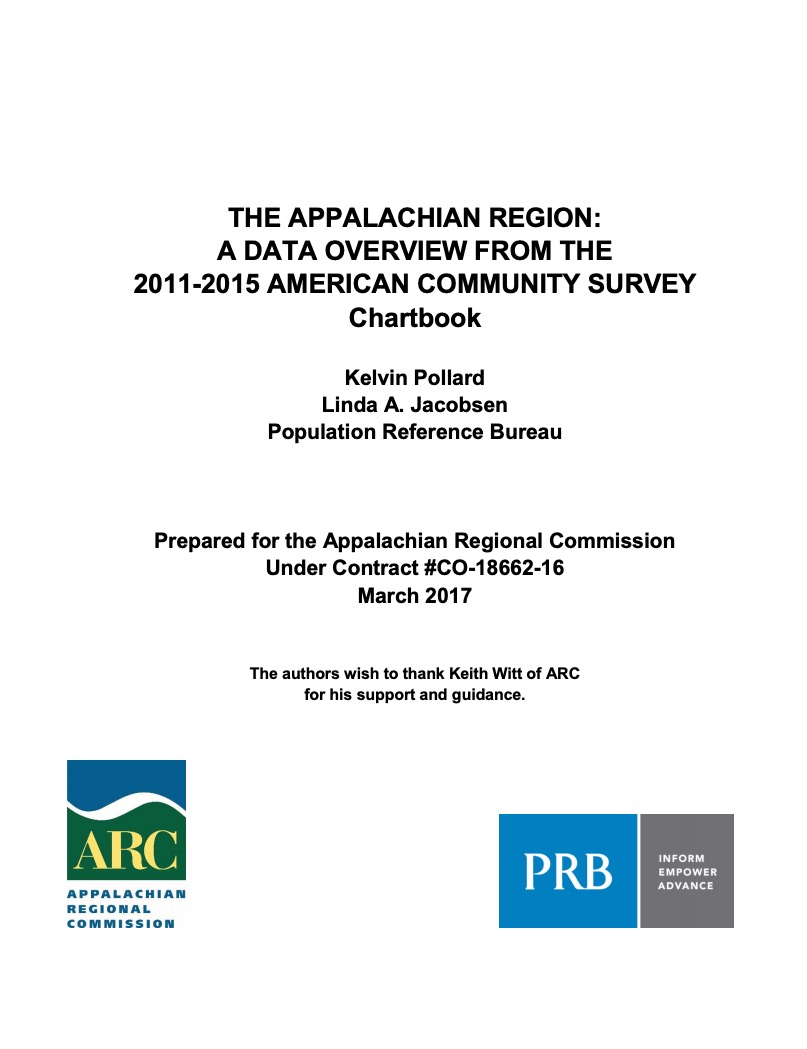Progress Stalls On Vaccine-Preventable Diseases
Vaccines are one of the simplest, most cost-effective tools to improve public health. Vaccine-preventable diseases can lead to illness, disfigurement, and disability, and remain a substantial cause of death for young children.






